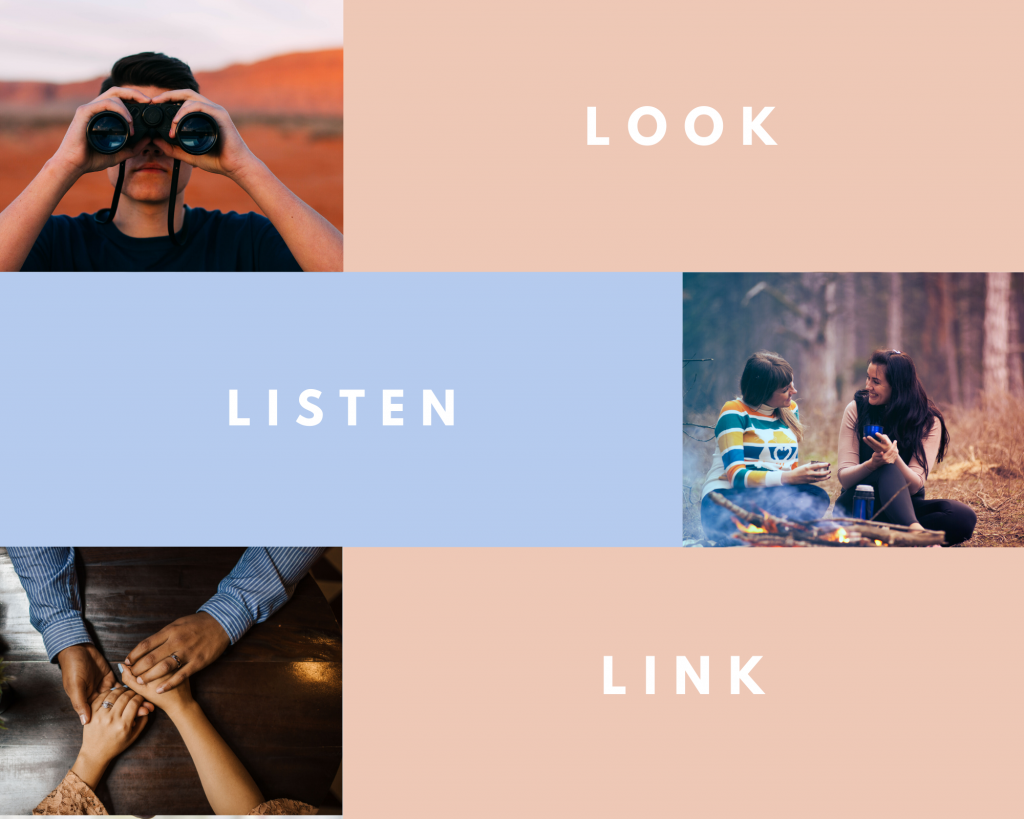![]()
Many of us have take some First Aid class growing up whether it be in a club or part of a class. I remember that we did this in Girl Scouts and then I took it again when I was pregnant. I wanted a refresher and even discovered things had changed! As a kid, I was taught if someone isn’t breathing to use mouth-to-mouth resuscitation as well as chest compressions. Now, the instructor told me mouth to mouth isn’t necessary especially if it is a stranger. (But I just checked the Red Cross website which does have MMR listed in their steps… so maybe it depends on your instructor.)
Now, I believe that physical first aid is extremely important. But as many of us our reading about – our mental health is just as important. All of us in any type of leadership position should be required to take Psychological First Aid as well. These positions include: administrators, pastors, teachers, nurses, parents, caregivers, managers, etc. I could argue everyone should take Psychological First Aid really… since it is just as important as knowing CPR. For now, I will start small and implore that all schools and business leaders learn this. If schools are pushing to be trauma informed, how can we ignore something so basic? If we are training for intruder drills, where is the training for the aftermath?
Myths that I was taught before that now are proven not true:
- People do not go through all the stages of grief. And many people do not go through them in order. It looks nice and neat and real life just doesn’t work that way. As someone who has experienced personal grief trauma, I would agree with this.
- People do not need to talk at length with their trauma. Making them talk about what happened makes them live through it again and again and may actually do more harm. This is what we learned after 9/11. Most people do not need professional help and will recover on their own.
- My professor has talked a little bit about Post Traumatic Growth. PTG occurs when a person goes through a trauma or crisis and grows as a result.
Now, some people DO struggle after a crisis and that is where Psychological First Aid can come in.
First, what is psychological first aid (PFA)? Similar to physical first aid, you are promoting safety, addressing immediate needs or acute distress, teaching coping skills and finally finding resources to continue support.
Second – there are number of ways PFA is taught. I am taking Crisis Intervention, so many examples deal with disaster cases. But, you can use these tips when someone in distress calls you on the phone as well! I am including all the steps, but obviously your friend calling you would need not need step 1. In an emergency, or perhaps a students from another classroom is in crisis in the hallway… then you would follow the steps:

LOOK
Contact and Engagement:
1. Check out the area – are you safe?
2. Introduce yourself.
Name
Title
Organization name
3. Ask person’s name. Use their name in speaking to them!! This helps people know you are listening and feel calm.
4. Address adults using last names. (This was suggested in my training video)
Examples: “I noticed you seem upset. How can I help?” and then listen. If you don’t receive a response, you can say “I’m a good listener.”
LISTEN
Safety and Comfort
- Actively listen: use eye contact, lean in and give your full attention
- Respect Privacy: try to talk in private or provide medical care behind a curtain
- Extreme Calm: Most people will be fine. However, there are some people extremely calm and may show no emotion. This person may have lost touch with reality – just because someone is extremely calm does not mean they are not in need.
- If someone is in crisis here are a couple of techniques:
- Breathing: Breathe in through the nose and out through the mouth. Count to 5 breathing in and count to 5 breathing out. Here is a video to illustrate
- Grounding: Sit with arms and legs uncrossed. Take slow breaths. Name 5 non-stressful things you see. Take slow breaths. Name 5 non-stressful things you hear. Take slow breaths. Name 5 non-stressful things you can touch or feel. Take slow breaths.
LINK
- After listening, we now know what they need. Here, we link a person in crisis up with services that are ongoing.
- Come up with an action plan and ask for any clarification. Some of these may be options: Go see the school counselor, or visit a key adult in the school building. For adults, this may include finding food, water, shelter, working with insurance and linking with churches and other community resources.
Tips from Crisis Counselors:
- As a family, try to stay on the same schedule. This includes meal times, sleeping, etc.
- Be understanding that everyone reacts differently.
- Establish old routines.
Sleeping can be difficult and here are some tips:
- Discuss the reasons for sleep disturbances
- Establish a set wake time and go to bed time.
- Increase exercise (but not right before bed)
- Have a relaxation routine before bed
Anger is very common as well. Here are some coping strategies I learned:
- Exercise
- Write in a journal
- Prayer, meditation or another positive activity
- Headspace app or Calm.com
- Look at the consequences, both positive and negative, of being angry
If you would like to receive an online formal training program, here are two I found useful (and free!):
National Child Traumatic Stress Network
Sources:
National Child Traumatic Stress Network
